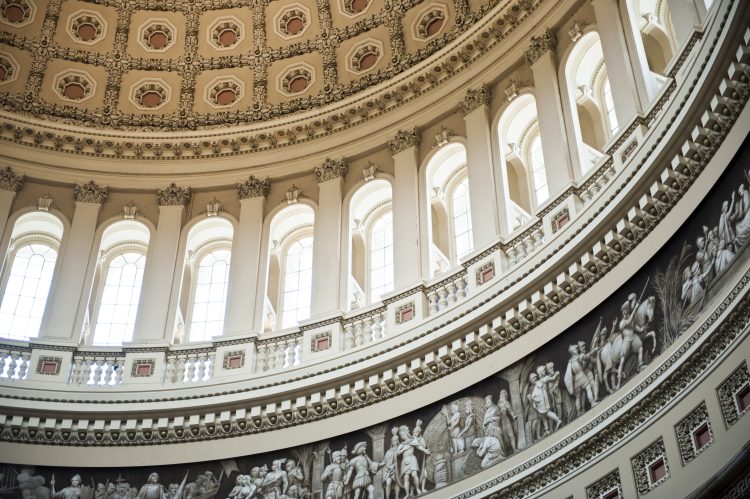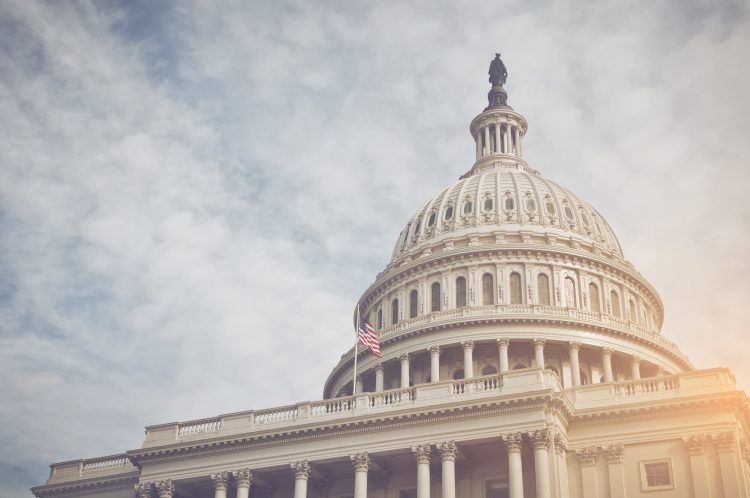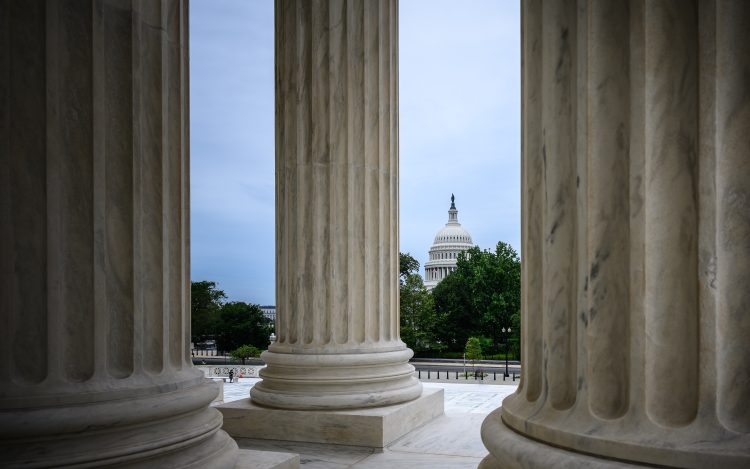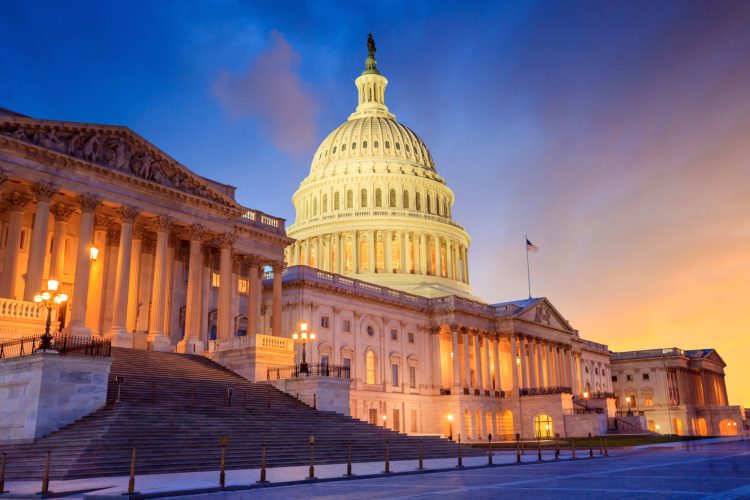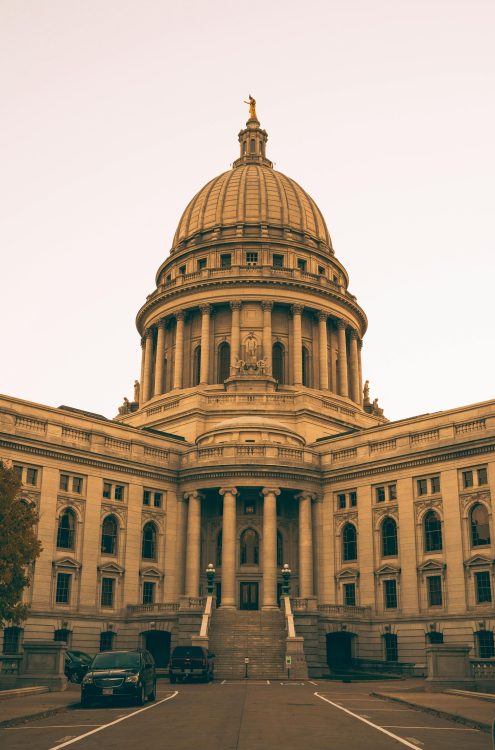This week on Facing the Future we looked at the nation’s statutory debt limit. What is it? Why doesn’t it work to control the growing debt and are there viable alternatives? To get answers and perspectives, we talked to Susan Irving, of the Government Accountability Office (GAO). Concord Coalition Policy Director Tori Gorman joined the conversation.
The debt limit has been a vexing subject for policymakers on Capitol Hill and a source of confusion for the public.
Fortunately, one authority in Washington has been crystal clear on the subject. For many years now, the GAO has been studying the debt limit and in a series of detailed reports, it has warned that, as currently structured, the debt limit is deeply flawed and carries significant risks.
The debt limit has been suspended since August, 2019, allowing the government to borrow whatever it needs to pay its bills. That will change, however, on August 1st when the current suspension period ends and the debt limit springs back to life at whatever level the debt happens to be on that date.
The Treasury can then resort to a series of established “extraordinary measures” to keep its borrowing within the limit, but these measures will eventually run out leaving the government facing a default on its obligations.
Irving noted that the original purpose of the debt limit in 1917 was not to force such a borrowing crisis. Quite the contrary.
“A little bit of history is important here,” she said. “Up until World War I, Congress literally approved each issuance of Treasury securities.” That became overly cumbersome given the borrowing needs of the war, so the debt limit was enacted, “in order to make it easier for the Treasury to borrow the funds necessary to implement the laws passed by Congress.”
Irving further explained that the debt limit does not control U.S. fiscal policy. “The debt limit is a limit on the authority of the treasury to borrow to fill the gap between spending and revenues enacted in law. It is in no way a limit on the amount of spending or the gap between spending and revenues. It does not limit debt. It limits the ability to pay the bills.”
She noted that, “The debt is created by the spending and revenue laws duly enacted by Congress and the President over time. If you wait until the agencies have, as instructed, spent the money, everybody knows that you have to pay the bills and all the debt limit does is say to the Treasury ‘you can’t borrow to pay the bills.’”
The way to deal with the long-term debt, which GAO has been warning about for many years, Irving noted, is “to start thinking about a fiscal plan and rules that help you as you make the decisions. If you want to use debt as a control, use it at the time you’re creating debt.”
A default by the United States, Irving said, would cause irreparable harm. “In a very real way, it would shock the financial system in a way much greater than what the pandemic has done.”
Hear more on Facing the Future. I host the program each week on WKXL, NHTalkRadio.com (N.H.), and it is also available via podcast. Join me and my guests as we discuss issues relating to national fiscal policy with budget experts, industry leaders, and elected officials. Past broadcasts are available here. You can subscribe to the podcast on Spotify, Pandora, iTunes, Google Podcasts, Stitcher or with an RSS feed. Follow Facing the Future on Facebook, and watch videos from past episodes on The Concord Coalition YouTube channel.
Continue Reading
